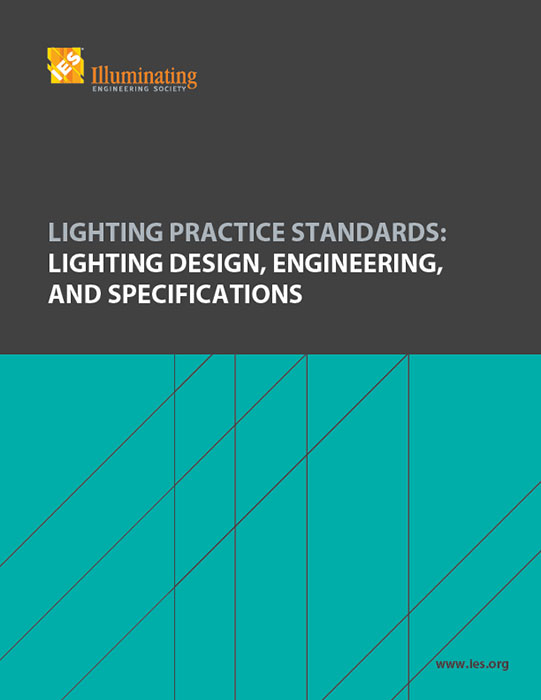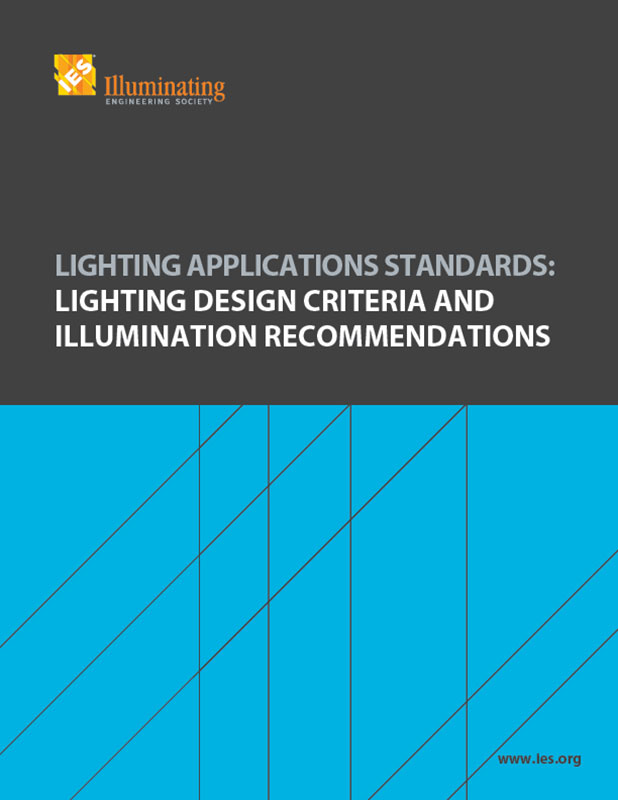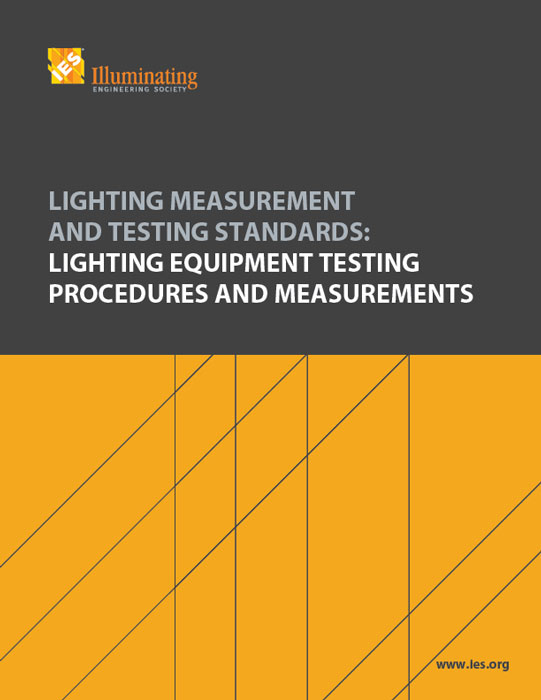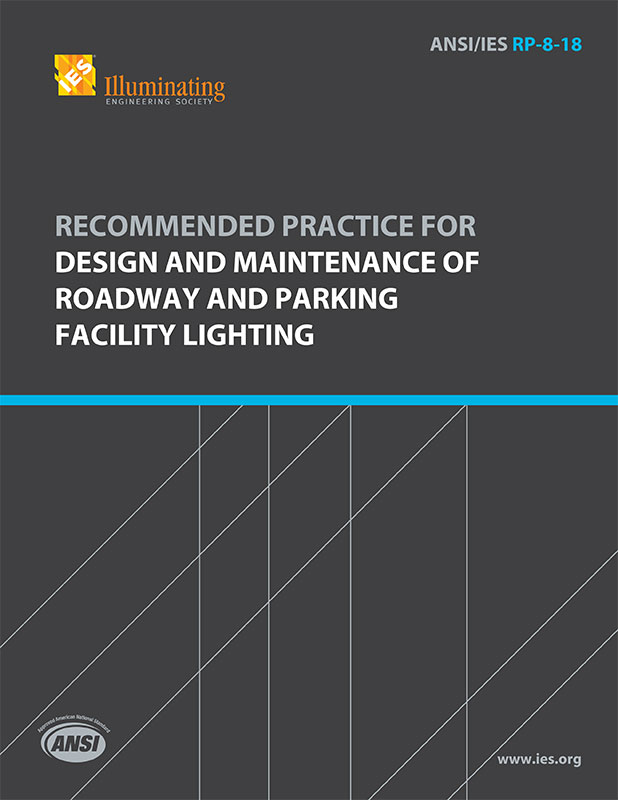INDIVIDUAL STANDARDS:
The Illuminating Engineering Society (IES) publishes standards for the lighting industry. These standards guide lighting professionals and others via recommendations for product designs, output and best practice. IES standards ensure you can:
- • Adopt proven illumination guidelines
• Improve product performance
• Design well-lit facilities
Lighting Science Standards
Every engineering discipline requires a solid scientific foundation. This collection of standards includes the language and physics of lighting, vision and visual performance, color science, color appearance and rendition, photometry, non-visual effects of lighting, photobiology, lighting calculations and more.
Lighting Practice Standards
The practice of lighting design and illuminating engineering are detailed in this collection, providing basic design principles for indoor and outdoor environments, descriptions light sources, luminaires, and control systems, lighting upgrades, lighting system commissioning, lighting economics, lighting maintenance and other aspects involved with the design, installation, and construction for lighting system.
Lighting Applications Standards
How do I design a lighting system for a (fill in the blank)? This collection has detailed design criteria for commercial, residential, industrial, museum, healthcare and many other applications. Each standard also includes detailed recommended illuminance criteria, laid out in clear and concise tables, all designed to guide you to design a quality lighting installation.
Lighting Measurements and Testing Standards
This collection establishes the testing and measurement standards for light sources, with the goal of providing a reliable and consistent system for calculating and measuring designed and installed illumination systems. Photometric, optical and electrical, color and color maintenance, life testing, and thermal testing are all included in this Collection.
Roadway and Parking Facility Lighting Standard
Roadway Lighting design and engineering is unique due to the visual needs at night and the vehicle-to-vehicle and vehicle-to-pedestrian interaction. This standard covers all aspects of roadway lighting including streets and roadways, parking lots, intersections, toll plazas, tunnels, and work zones in addition to the environmental issues of light trespass and sky glow.





